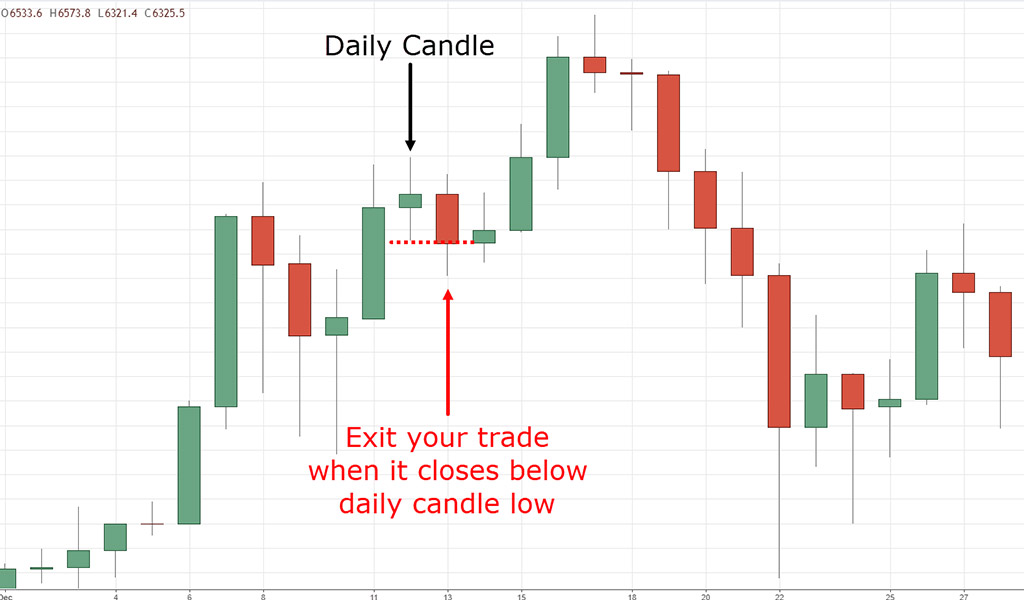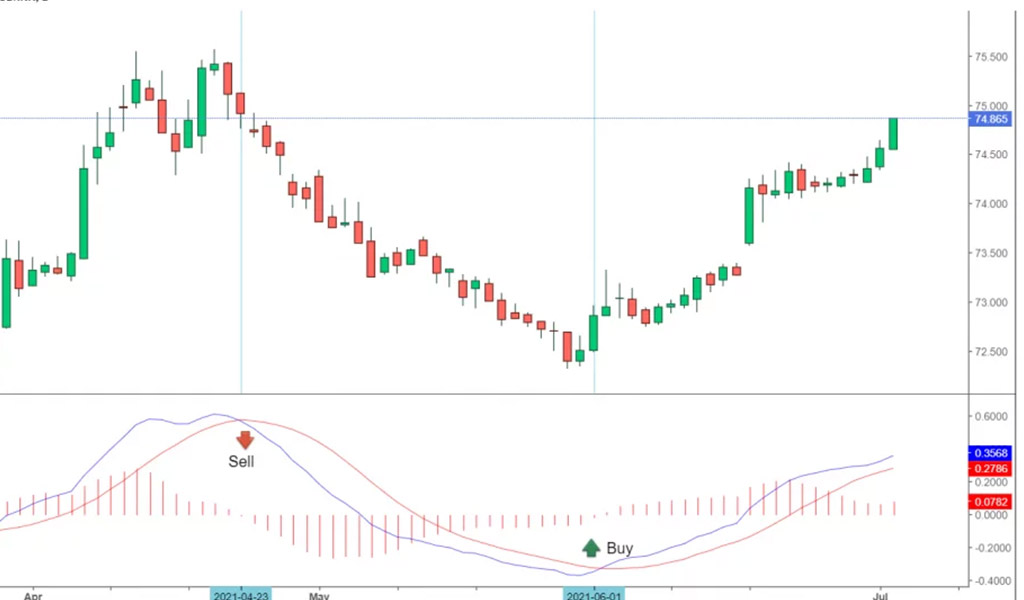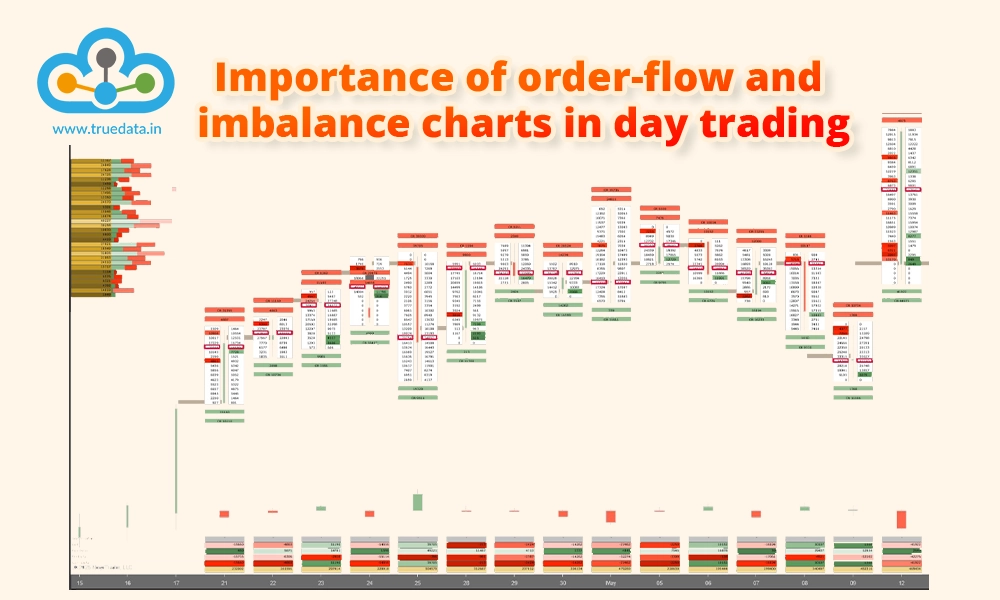
Stock markets were traditionally considered to be only for the elite and were also equated with gambling. However, today the reality is quite stark. There have been many traders and investors in the stock markets and this number is only going to increase soon. From the start of 2020 to 2022, there have been a whopping 61.1 million new Demat accounts that are opened in the stock markets taking the number to about 10 crore accounts in the country. However, not all of these investors and traders would have successful portfolios. There are a few key factors that lead to the difference between a successful portfolio and an unsuccessful one. Given below are a few rules that can be used by traders to have successful trading portfolios.
Some of the basic rules for having a stable and profitable trading portfolio are highlighted below.

The first and foremost step for any trade or business is to understand its basics and the key terminology of the industry. Understanding the market terminology will help traders understand the nuances of trade as well as take suitable trading positions that can lead to a profitable trading portfolio. Some examples of key market terminology include stop-loss, candlesticks and chart patterns, moving averages, price action, call put options, support and resistance, etc.

Stock markets are an ocean of opportunities where traders can tap into many securities that suit their risk-return expectations. For this, they will have to keep track of all the latest developments in the markets and act accordingly. However, it is impossible to track all the developments and also react to them promptly to safeguard the trading position. Therefore, it is important (at least for novice traders) to select their target sectors and gain all the knowledge about them to ensure effective trading decisions are made to drive the portfolio toward profitability.

Any new venture or business requires drawing out a plan. Traders also need to draw out a trading plan where there can be a set of rules and guidelines that they should stand by and execute their trades. Most traders chalk out their plans but fail to stick to them. For example, if a trader is not comfortable trading in any particular security like say small-cap stocks, they should definitely avoid them and not be influenced by any factor as a one-off case. Having a plan allows the traders to stick to their comfort zones at least till the time that they are experienced enough to tap into other profitable trading opportunities.

Traders can trade in many types of securities in the stock markets like derivatives Futures and Options, forward contracts, swaps, currency, etc. However, these are different types of securities and have different rules for trading. Therefore, it is important to understand them thoroughly and then trade in them to avoid any potential losses.

It is often said that stop loss is the trader’s best friend. Stop loss is used when the trader wants to limit his/her exposure to a particular trade but wants to keep the opportunity to earn profits open. By putting a stop loss to trade, the loss of the trader is defined but not booked. When the market reaches the stop loss level, the order is executed and the trader can exit their positions. Using stop loss will safeguard the traders from potentially losing their corpus or having unprecedented losses.

One of the best trading strategies that are usually followed by many novice traders is trading in line with the momentum of their target stocks, or the market trend in general. This type of trading allows easy entry and exit of trades as well as less application of complex technical trading strategies that may not be easily understood by most traders. Many times traders take up positions in securities that have relatively less liquidity and end up incurring huge losses. Momentum trading is a solution to avoid such cases.

Earlier we mentioned momentum trading as a trading strategy. There are many other trading strategies available at the tip of your fingers today. But they don't necessarily mean that all of them are easy to understand and implement. Therefore, rather than trying all the different trading strategies, it is important to learn one or two and stick to them till you master them thoroughly before moving on to the others.

When a new trader takes a plunge into stock trading, they aim to make instant returns and have exponential profits in their portfolio. The chances of this actually happening though are quite slim. Therefore, traders need to have realistic expectations from the stock markets, even in the times of market boom, so they can safeguard their corpus against huge losses in the guise of making huge returns.

It is also advisable for traders to maintain a daily log of their trades and review them from time to time. This activity will help them understand their own trading pattern more clearly and be more efficient in their trading plan as well as strategies. Having a trading journal will help the traders track their progress over set time periods and compare them with their past performance and avoid similar mistakes at the same time.

One of the worst mistakes that any trader can make is copying another trader’s portfolio or being influenced by market rumours. This can lead to potentially huge losses as the trader does not need to act on every rumour or every tip that they get. The key to having a successful portfolio in this scenario is ignoring the buzz and focusing on valuable information that is backed by hard facts. Traders need to have a calm personality and not react emotionally to any news or changing market trends.
The rules of trading laid down by SEBI are quite standard and have to be followed by every trader and participant in the market, but the difference between a successful trader and an average one is timing. Executing a trading position at the most opportune time is what every trader aims for but to get there, one needs discipline and a few tips and tricks that can help them tide over the market volatility.
So what do you think of these golden rules of successful trading? Do you agree with them? Also, let us know your own set of rules and what works best for you and how your rules saved you from a tricky trading situation.
Happy reading!

In the world of high-speed trading, success often hinges on capitalising on even...

Do you know, only about 3 of India’s population is actively invested in st...

The use of technical analysis for trading is vital for creating a successful tr...